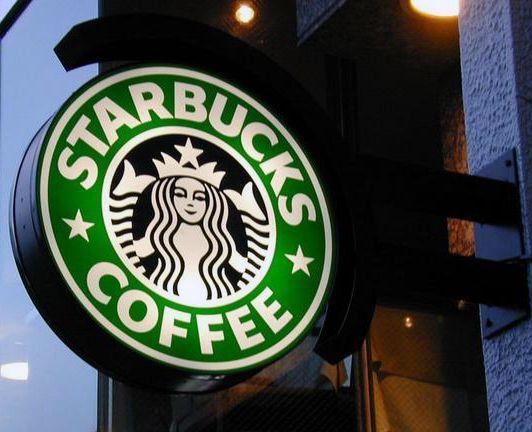As of Sunday, Starbucks will no longer be asking us to “Race Together,” their campaign to engage customers in conversation about race relations through conversation and words on cups. No longer will your Starbucks baristas be writing “race together” on your cups, assuming any of them did that anyway.
The campaign was kick-started out of the company’s open forums about race in cities such as Oakland, California, Los Angeles, Chicago and New York. During these forums, more than 2,000 Starbucks employees shared their stories and personal experiences regarding race. Thus began the writing on cups, which was promptly harshly criticized. Those in opposition to the campaign argued that it was inappropriate and opportunistic and that Starbucks is not the place for a deep conversation about race relations, especially considering how busy most stores can get.
According to a company memo by CEO Howard Schultz, the cups were “just the catalyst” for a larger, more in-depth discussion about race. Even without the tangible “Race Together” phrases written on cups, the broader initiative will continue, Starbucks spokesman Jim Olson told the Associated Press.
“Nothing is changing,” Olson told the AP, stating that the removal of the cups is not a reaction to the criticism. “It’s all part of the cadence of the timeline we originally planned.”
Schultz wrote in a memo to Starbucks employees that the campaign still aims to ensure that “the promise of the American dream should be available to every person in this country, not just a select few.”
Starbucks will still hold forum discussions like the ones they held prior to the cups, as well as co-producing special sections in USA Today and putting more stores in underprivileged communities.
However, the cup-altering initiative added more to the problem than it did alleviate it. According to a study done by Quartz, homes near Starbucks locations have appreciated in value by 96 percent since 1997, equating to a near doubling of their prices before the coffee chain was put in place. Real estate values near Dunkin’ Donuts locations, for example, appreciate at a slower rate, 80 percent, according to Quartz. They call this “The Starbucks Effect.”
Darnell Moore, the senior editor of Mic, told HuffPost Live host Josh Zepps the effect of the coffee shop on people of color and areas where they tend to congregate.
“The failure of Starbucks to talk about the fact that it’s proven that when they go into certain neighborhoods, particularly black neighborhoods, traditionally black neighborhoods, gentrification increases at rapid rates,” Moore told Zepps. “So it’s an interesting way to look at this company’s complicity in the very thing that they are attempting to get people to talk about.”
Many Starbucks baristas have gone online to share their shakiness, and repulsion for some, with the long-lost campaign. Jamie Prater, a Starbucks barista, told ThinkProgress that a conversation about race relations is “very, very involved and in-depth” and “needs a lot of time devoted to it … it puts [baristas] in a very difficult position.”
The whole idea of this program was and still is very idealistic, and it assumes everyone is going to have — or want to have — intelligent conversations while waiting for their caramel macchiato. Starbucks corporate seems to think that this will encourage people to hold hands and sing “Kumbaya” in the middle of the store, but it’s not that simple. Race relations are an extremely complicated, nuanced issue that can’t be covered in the time it takes to make a latte.
On top of that, Starbucks isn’t really getting the right demographic. Most people want to go to Starbucks to get coffee on the way to work. It’s usually crowded, and people are sometimes cranky before their caffeine fix. They’re not going to want to stop what they’re doing just to talk about race with people who, realistically, don’t really want to talk about race either, at least not in that moment.
Perhaps this would be better executed if it were in a better setting, maybe being the corporate sponsor of a series of talks at universities or something more established, anything that would inspire people who actually want to talk about race to come together and do so. The writing on the cups was inappropriate and just plain awkward.
What Starbucks is trying to do is make themselves into more of that friendly neighborhood coffee shop that they simply aren’t. It’s a huge behemoth of consumerism that is trying to spark these conversations, and it seems disingenuous.
In addition, it says a lot about the program that Schultz was so quick to disengage. Starbucks officials claimed that the sudden stop wasn’t about the backlash the cups got, but it very clearly was, at least partially. It would be better if he had come out and said, “Hey, here’s what we did wrong, and here’s how we’re going to fix it.” Instead, they’re shoving the issues under the rug in an effort to once again promote their image in the best light possible.
Ultimately, the Starbucks campaign is just a sad attempt at bringing passionate conversation and budding relationships into a place where neither of those items have ever existed. The Race Together campaign, while of good intent, seems as fake as McDonald’s trying to sell salads.

















































































































